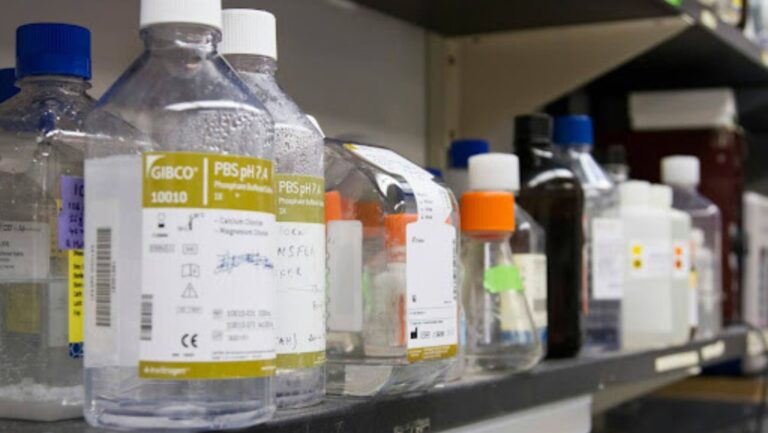PFAS, or ‘forever chemicals’ are constantly in the news these days. It feels like more and more people are starting to become aware of how dangerous they are. However, despite the increased awareness, they are still used widely due to the fact that few alternatives exist.
The EPA does seem to want to reset the scale with its recent proposal, which wants to deem PFAS chemicals hazardous to health. This is not a new or novel statement, because everyone already knows they are dangerous. That said, the fact that this would be the official line coming from the EPA makes it important.
Today, let’s explore what the current regulatory status is for these chemicals and what the implications are if the EPA’s proposal goes through.
What is The Current Regulatory Status of PFAS
It’s a mixed bag, to be honest. Some states have implemented their own regulations and guidelines for PFAS. These include setting maximum contaminant levels (MCLs) in drinking water or requiring monitoring and reporting of PFAS releases.
There are also ongoing legislative efforts at both the federal and state levels to address PFAS contamination comprehensively. These efforts included proposals to regulate PFAS as a class rather than regulating individual compounds separately.
Interestingly, many countries and international bodies are also taking action to address PFAS contamination. They are either restricting the production and use of certain PFAS compounds or researching alternatives.
Most recently, New Zealand is hoping to ban ‘forever chemicals’ in cosmetics in 2026. This would make them the first country to take such a radical step. Are you surprised to know that PFAS chemicals are in cosmetics? That’s the problem with them. They are found in a lot of daily products that we use.
As of now, the federal government hasn’t done much to deal with PFAS, which is why states are trying to implement local changes. The situation remains stuck in a bog of ‘proposals,’ not too different from the kind the EPA has recently suggested.
What Are the Implications?
If the EPA decides to classify PFAS chemicals as hazardous to human health, it would have several significant implications. Designating PFAS as hazardous substances under laws like the Comprehensive Environmental Response, Compensation, and Liability Act (CERCLA) could trigger a range of regulatory actions.
This could include cleanup requirements for contaminated sites, restrictions on the use and disposal of PFAS-containing materials, and increased monitoring and reporting requirements.
It could lead to more stringent regulations aimed at reducing human exposure to PFAS through drinking water, food, air, and consumer products, thereby protecting public health.
Naturally, it would also have an economic impact. Companies involved in the manufacture, use, or disposal of PFAS-containing materials would likely face increased compliance costs associated with new regulations.
The government already had a taste of this in the form of the payouts due to the Camp Lejeune Justice Act. This refers to the settlements that people have been filing after becoming affected by the PFAS contamination incident at Camp Lejeune Marine Base several decades ago.
According to TorHoerman Law, the chemicals that caused harm were tetrachloroethylene, benzene, and vinyl chloride among others. These chemicals have been linked to be a factor in causing a long list of cancers in people.
How Long Till We Stop Using These Chemicals?
We can’t say for sure, but we know that many states have promised to ban them in consumer products by 2030. These include their presence in food packaging, cosmetics, firefighting foams, and more.
In this battle, the EPA wants to restrict PFAS use before they get released into the environment, and cleanup efforts become a thousand times tougher. Will we actually be seeing a complete ban on PFAS by next year? It’s hard to say. Even with a strong push, it’s probably going to take a while longer until we have switched over to something better.
In conclusion, the EPA is likely thinking hard about how to deal with the fallout of their proposal. On one hand, the move would be welcomed by environmentalists, who have been pushing for a complete ban on forever chemicals. However, on the other hand, the industries that currently use PFAS will need time to phase things out.
Quick and easy are not words that could be used to describe the situation. It’s going to take some time for the world to move on from PFAS chemicals. That said, until we find a totally safe alternative, we can still work together on reducing our use of items that use PFAS.




